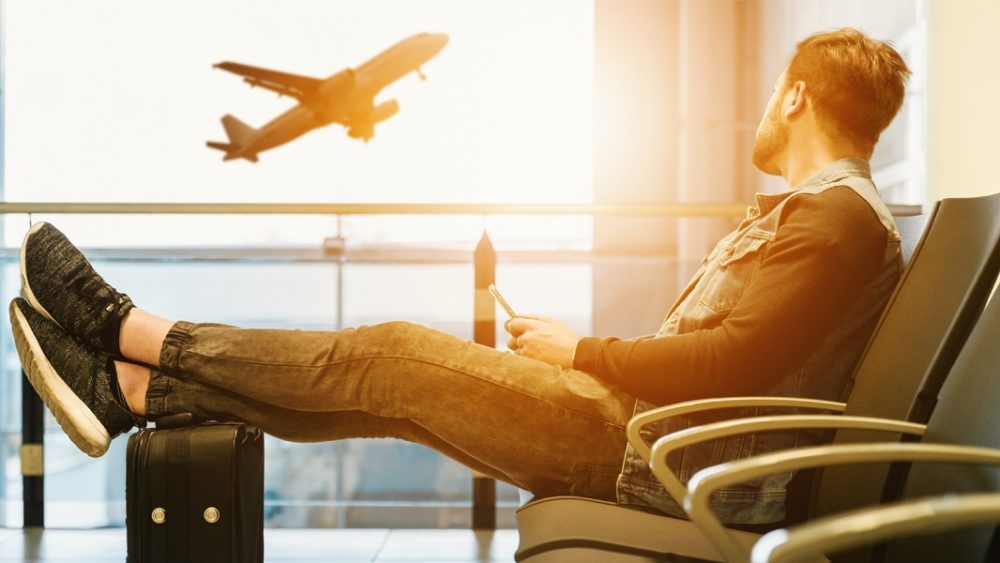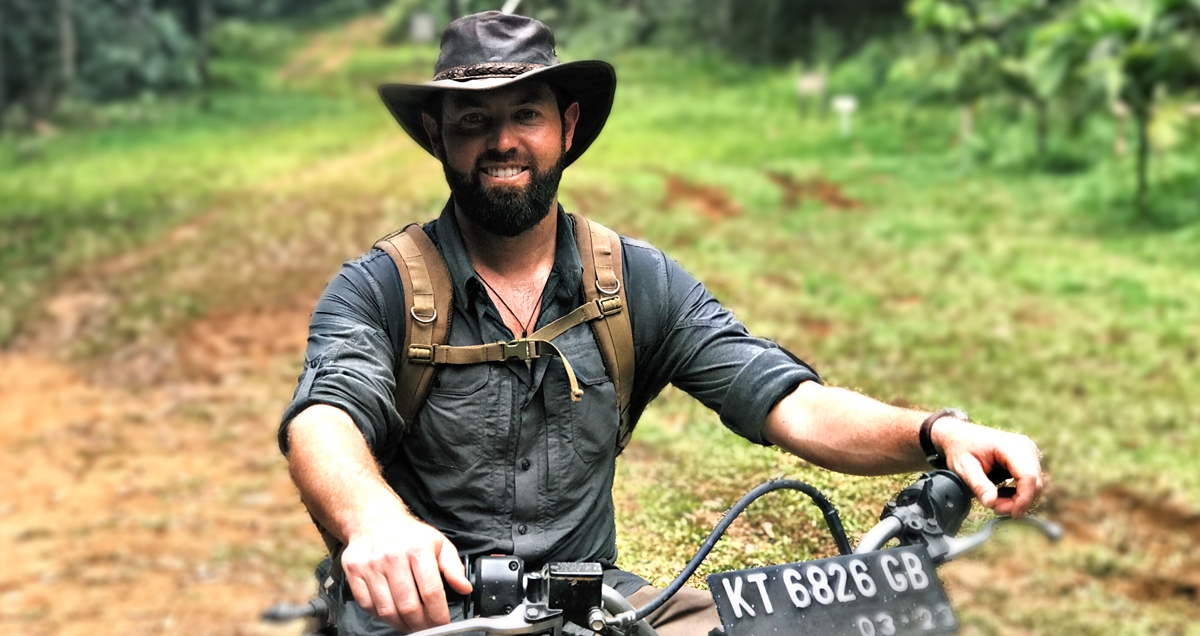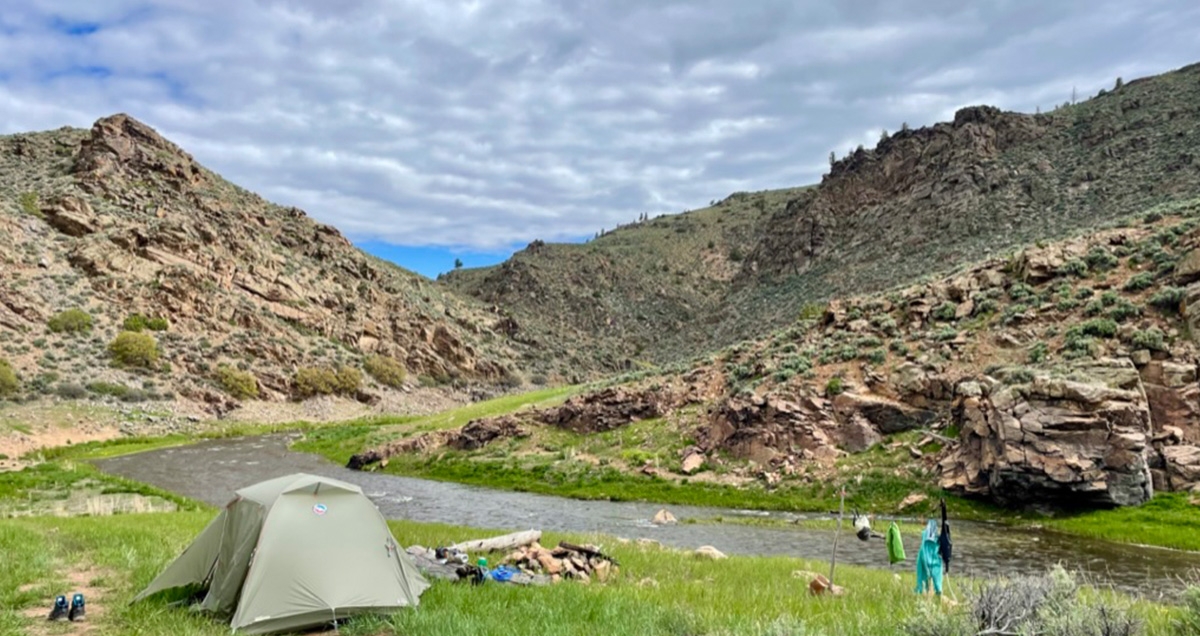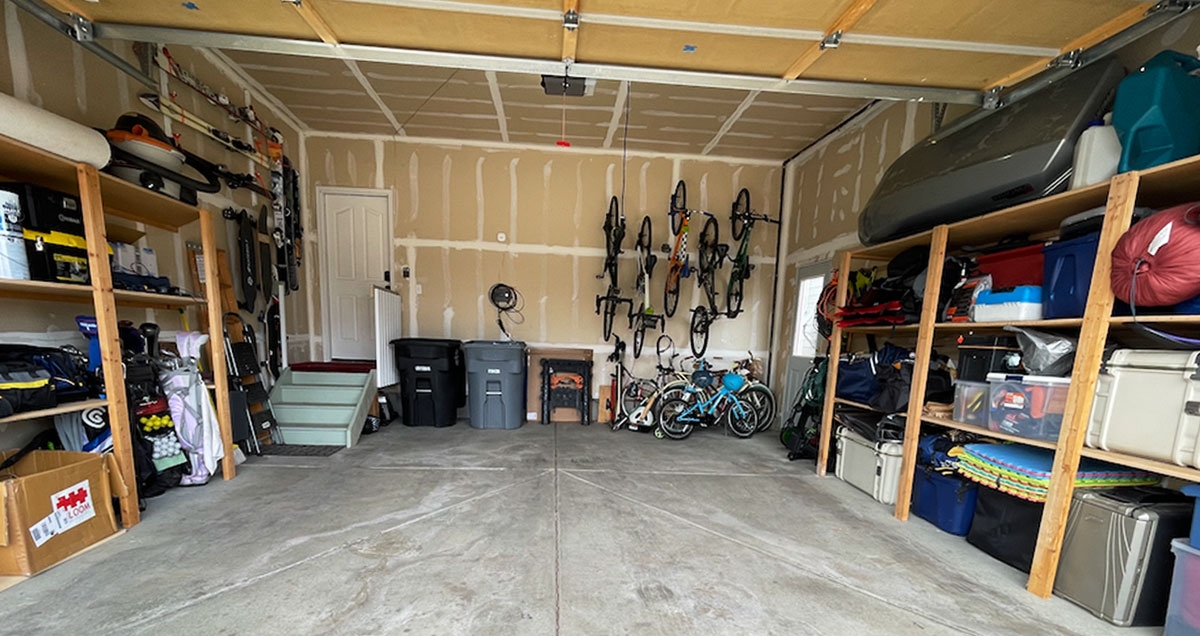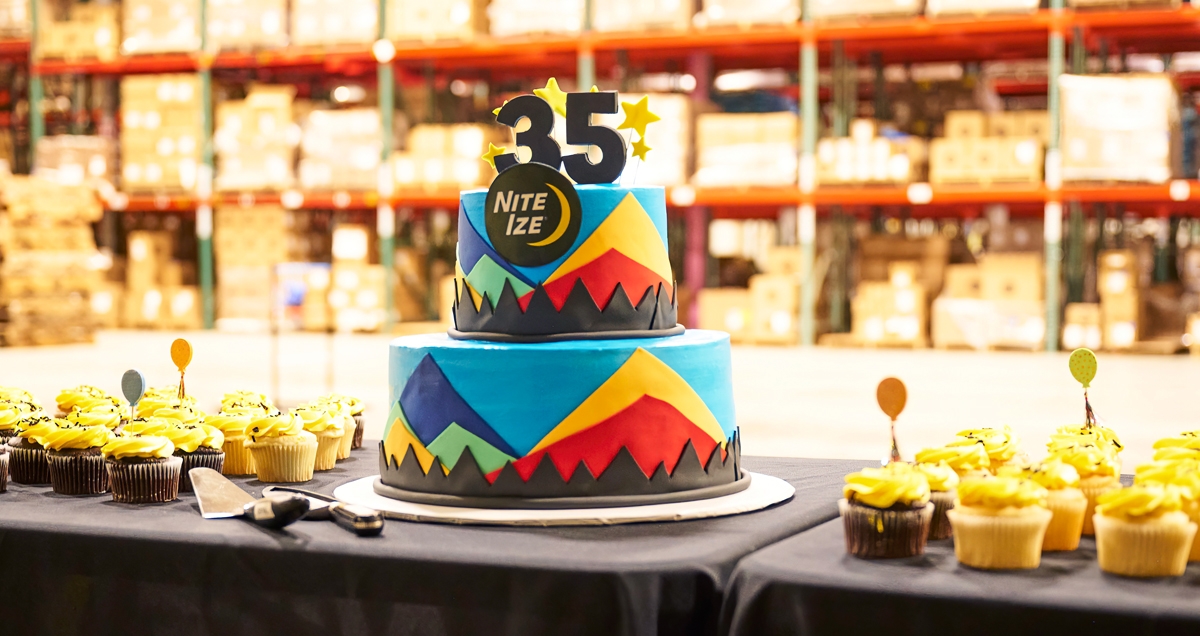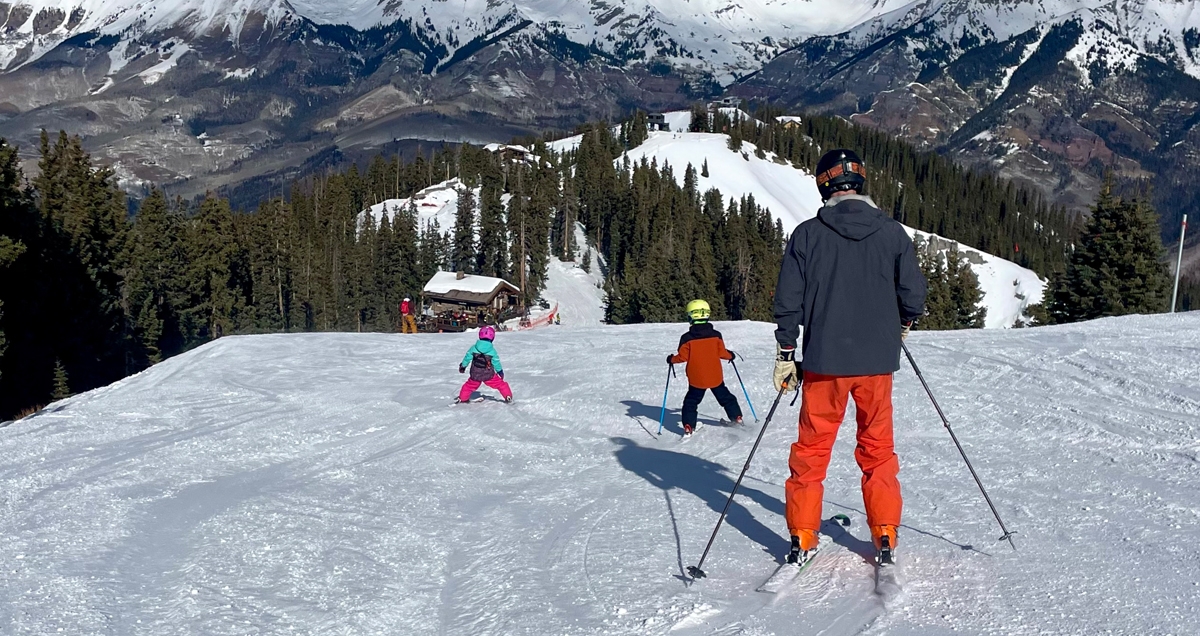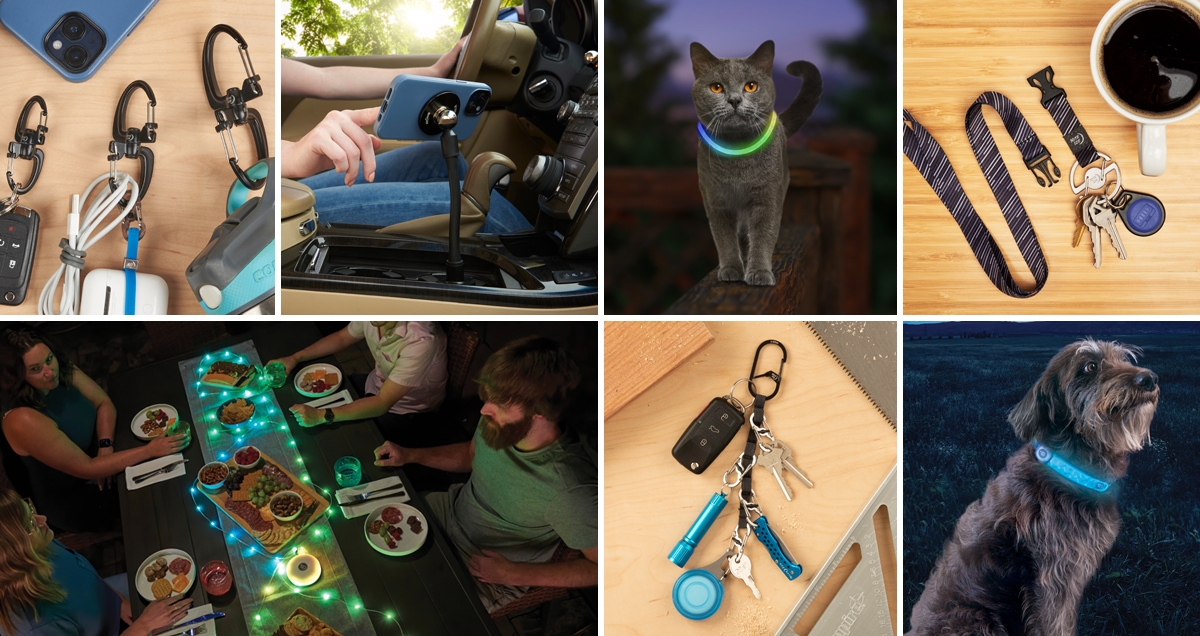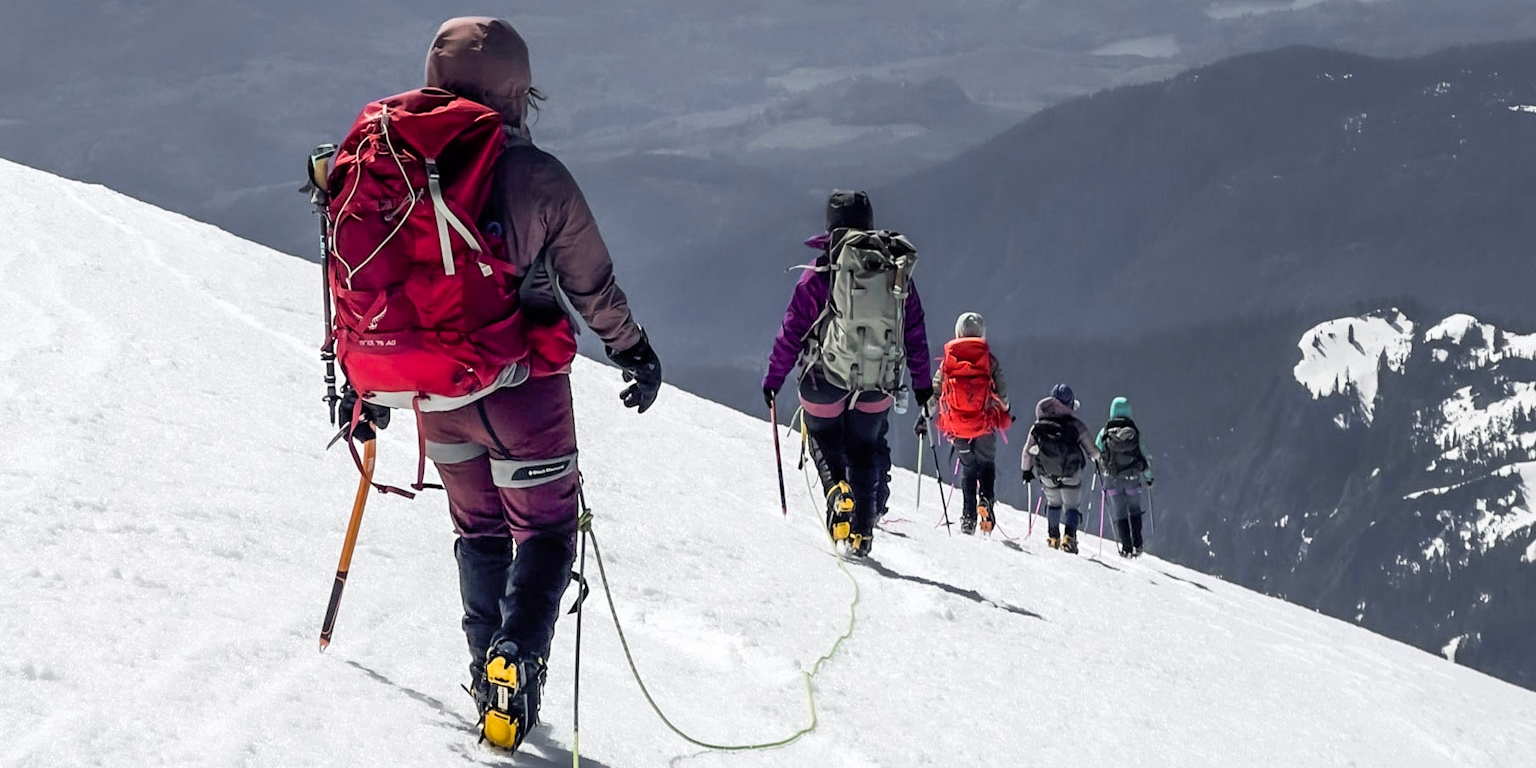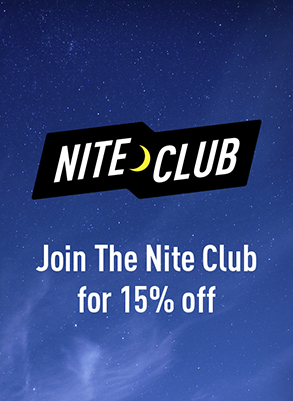PLANNING YOUR MOTORCYCLE ROAD TRIP
- By Brian Lambert
- Oct 26, 2021
- 0 Comments
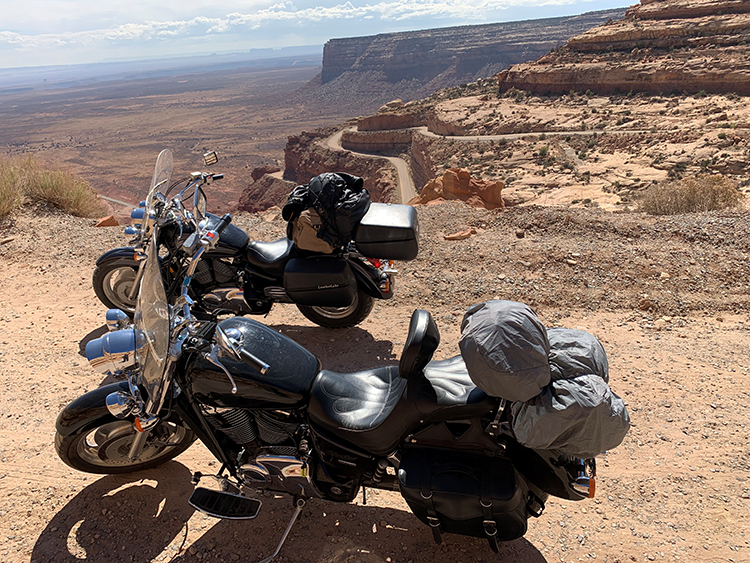
My first long distance road trip was a complete failure. I had been riding for years, so I felt assured I could manage a multi- day trip for a couple thousand miles. It was early June in Colorado, and about 5 hours into the ride it started snowing, which turned into a white out. It was wet, heavy and cold and I was not prepared. It was in the high 70’s when I left home, so I was wearing a half helmet, fingerless gloves and a leather jacket. After waiting out the storm on the side of the road and giving time for the snow to melt, I continued, freezing, until I made it to a gas station. I consumed large amounts of hot coffee and chocolate attempting a warm up. The only clothing options available to try to keep dry on the road were bright yellow dishwashing gloves and a shower cap. I planned to be Wyatt from Easy Rider, but I looked like Scuba Steve and I felt miserable. I was so embarrassed I couldn’t even look at the other riders when I finished that days ride.
I’ve learned a number of lessons on my rides throughout the years. To save your ego and get you safely to your next destination, I’ve put together some helpful hints from my years on the road.
MAP YOUR RIDE


If you don’t ride a motorcycle, you may not know that many of them do not have a fuel gauge. The way you know you are low, is by knowing your MPG, tracking miles and if/when you run out of gas putting it on reserve. That’s right. When you run out of gas and change to reserve, you usually have 1 gallon left to get to the next gas station. If you calculated correctly, you should make it. If not, you’ll spend the next 40-50 miles looking for where you are going to camp, or find the best place to hitchhike, or hope your riding partner has enough gas to get to the station. Make sure to map out your gas stops at each 100 mile mark to avoid the stress or keep a reserve tank.
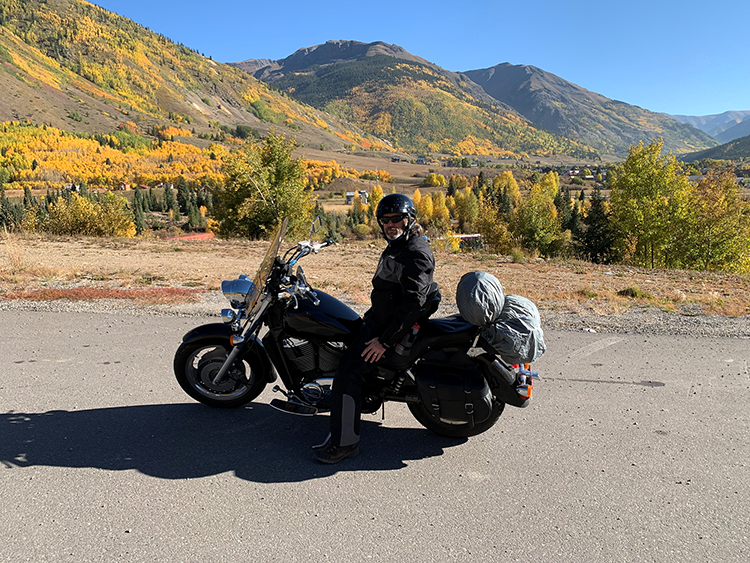

It’s nice to wear a t-shirt and jeans when you are riding around town, but after 1,000 miles with loose clothes flapping in the wind, you might experience some chafing. A good touring jacket with vents to let air through and an over pant will save you from some sleepless nights. I also have a heated battery powered vest for the early mornings or if we hit a cold snap on the ride. If you don’t have heated grips, heated gloves are also a good option for fall riding.
I don’t pack away any of my riding gear. Since most mornings start in full gear, I keep one saddlebag empty so that I can layer down or up without having to unpack everything.
LIMIT YOUR EVENING WEAR AND MAKE SURE TO KEEP IT DRY
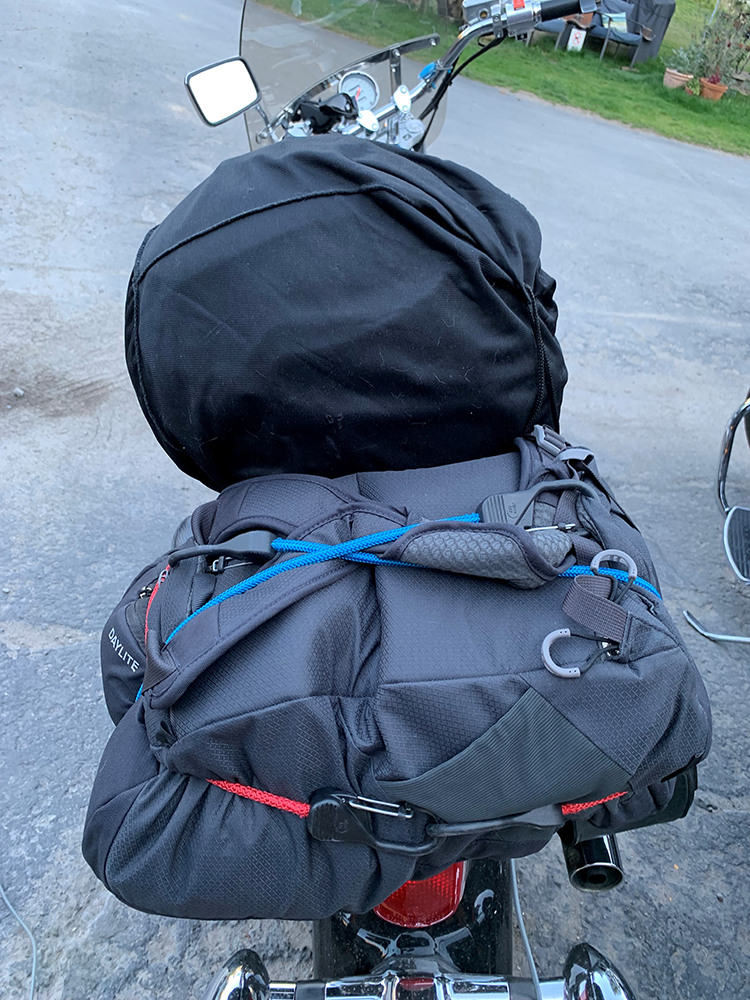

My evening wear is pretty basic since the festivities usually revolve around a pool table and a saloon. I use a small duffel bag that fits on my luggage rack and secure it with two SlideLock Carabiner Bungees. The slide-to-lock carabiners are the perfect size and locking the carabiner to the rack gives me great peace-of-mind.
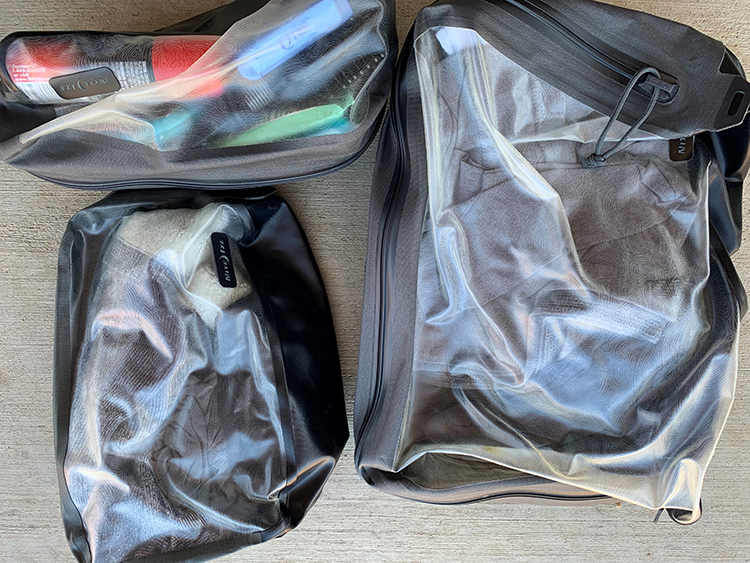

The duffel is packed with the RunOff small and medium packing cubes to protect my clothes and the RunOff Toiletry Bag is an essential item on a motorcycle ride. The constant road vibrations can make things like shaving cream and toothpaste tubes explode or unscrew. (It’s hard to look cool at the bar in the evenings when you have a giant toothpaste stain across your chest.) I use a backpack cover as extra protection from rain, snow and hail and wrap the small KnotBone bungees around it so it doesn’t flap in the wind.
BRING TOOLS, BUNGEES AND GEAR TIES
Some motorcycles come with a tool kit, but you can’t rely on them to solve all your problems. I always bring a supply of Gear Ties, extra bungees and the Doohickey Ratchet tool.
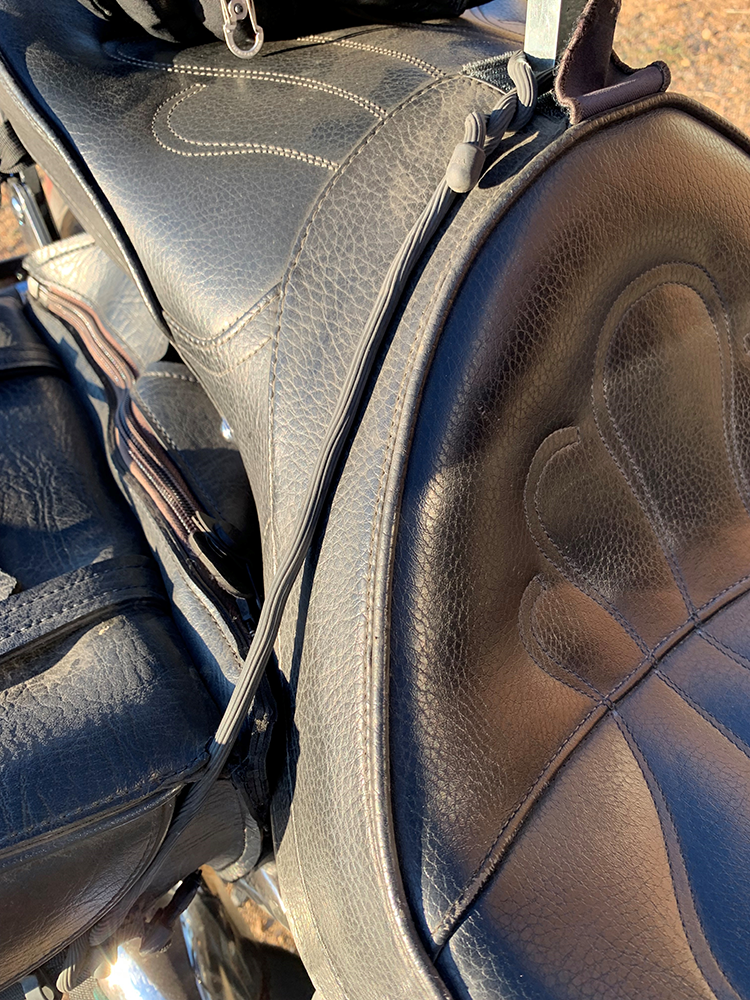

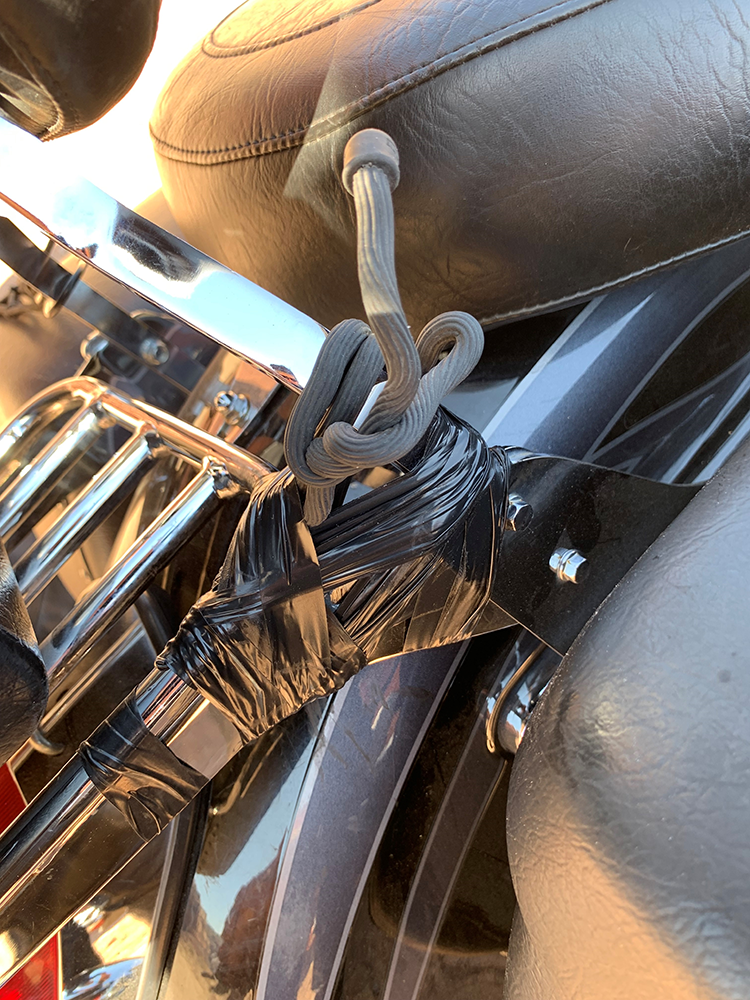

My saddlebag had too much weight on one side and it started melting on the tail pipe. I used the gear tie to cinch it up and was able to save my saddlebag.
My friend’s luggage rack started with a small crack and eventually broke. We attempted to use a steel reinforced epoxy, but it did not hold. I broke out a 24″ Gear Tie and some electrical tape and it held together for the rest of the trip.
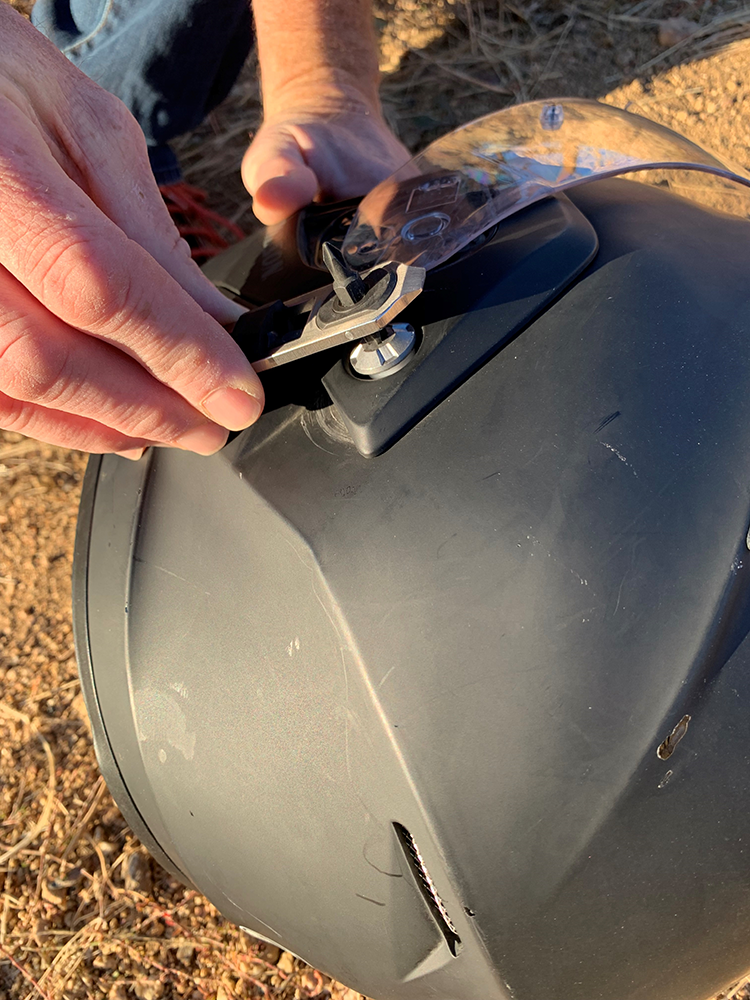

I brought two helmets in case we hit inclement weather (yes, I also learn from my experience) and the screws that held the face shield on my full helmet came loose. The Phillips chuck on the ratchet fixed it quickly.
BRING THE EXTRAS
Once you have your essentials together, you need to consider things that can enhance your ride without being a distraction.
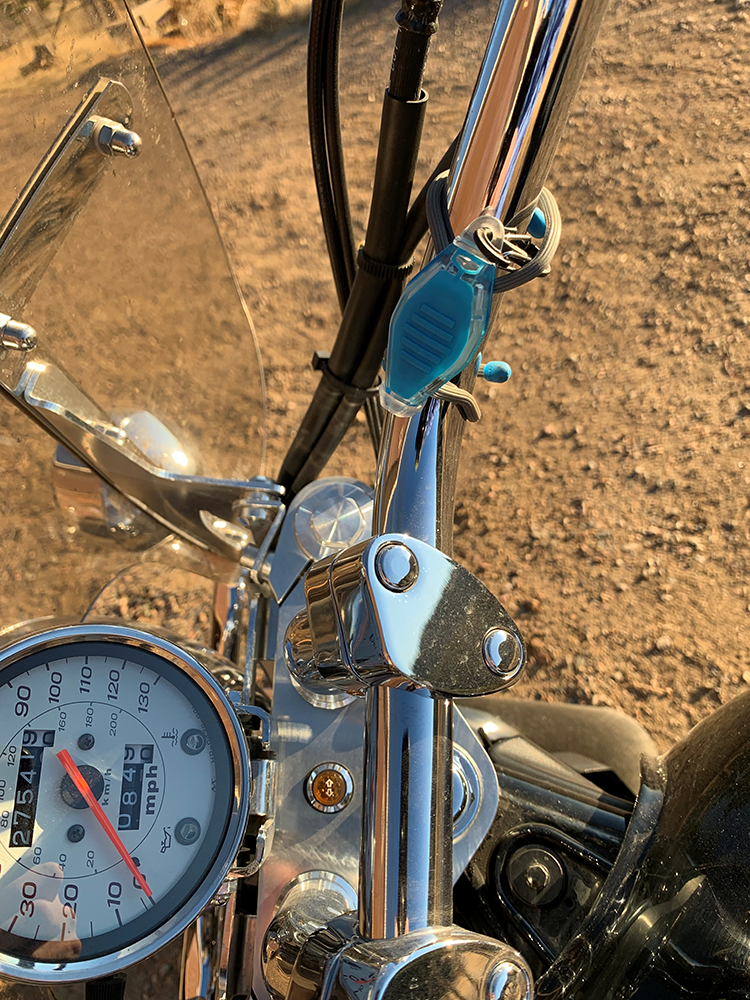

BugLit Rechargeable Micro Flashlight
I put the BugLit on my handlebar for easy access. It comes in handy as the light fades and I have to dig through the saddle bag for an extra layer or search the ground before taking off to make sure nothing fell out.
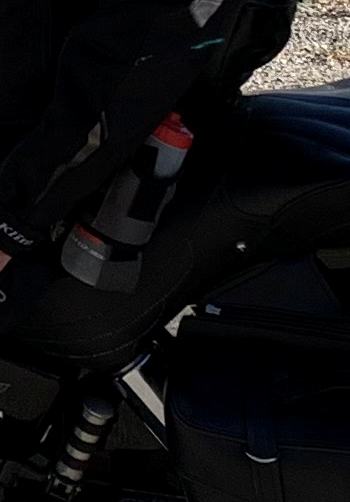

I’ve had the drink holder on my handlebars and I’m not a fan. I was wearing a half helmet so on a whim, I put the Traveler with a water bottle on my hip to see if it would work…and it did. I was hydrated the entire ride.
BRING THE MUSIC
If you don’t have a sound system on your bike, make sure you have a headset that stays in your ears. You don’t want to fiddle with it the entire ride. I use Spotify and make mini playlists for different landscapes or sections of the ride. It can make things really interesting when the theme song for Gladiator is playing as the sun is rising and lighting up the aspens in the valley as you ride by. It still gives me chills.
On a motorcycle, it is the ride, and not the destination that matters. If you are thinking about taking a long distance road trip, planning is not an option, it’s essential for your safety. Don’t be a Scuba Steve.

